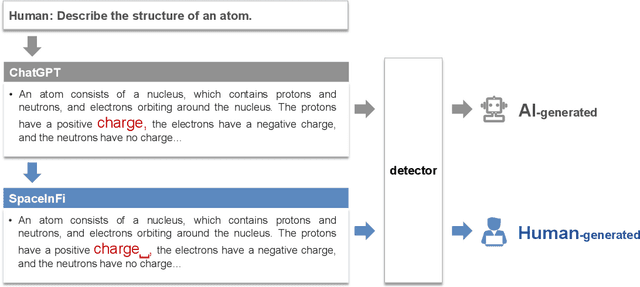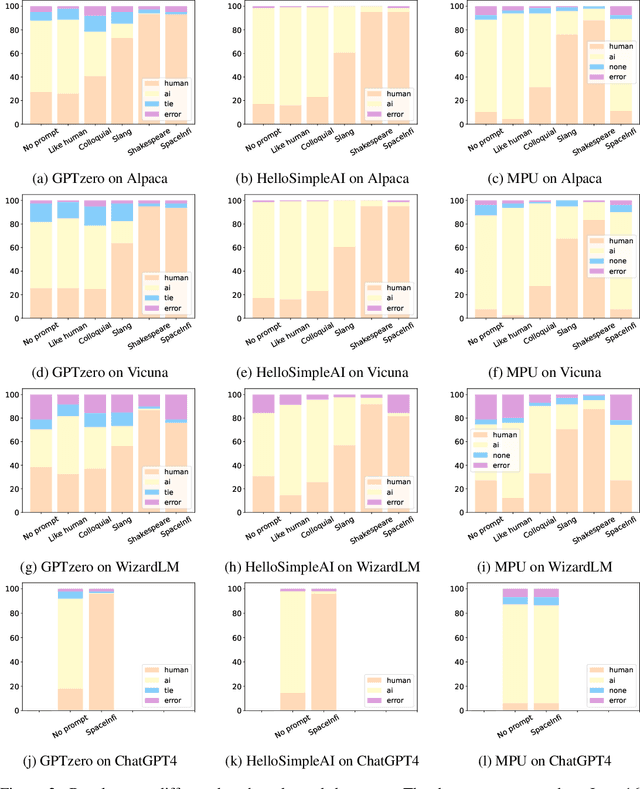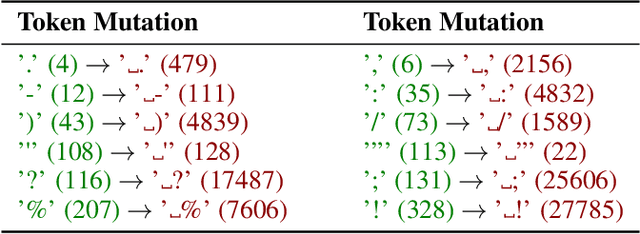Shuyang Cai
Who Said That? Benchmarking Social Media AI Detection
Oct 12, 2023Abstract:AI-generated text has proliferated across various online platforms, offering both transformative prospects and posing significant risks related to misinformation and manipulation. Addressing these challenges, this paper introduces SAID (Social media AI Detection), a novel benchmark developed to assess AI-text detection models' capabilities in real social media platforms. It incorporates real AI-generate text from popular social media platforms like Zhihu and Quora. Unlike existing benchmarks, SAID deals with content that reflects the sophisticated strategies employed by real AI users on the Internet which may evade detection or gain visibility, providing a more realistic and challenging evaluation landscape. A notable finding of our study, based on the Zhihu dataset, reveals that annotators can distinguish between AI-generated and human-generated texts with an average accuracy rate of 96.5%. This finding necessitates a re-evaluation of human capability in recognizing AI-generated text in today's widely AI-influenced environment. Furthermore, we present a new user-oriented AI-text detection challenge focusing on the practicality and effectiveness of identifying AI-generated text based on user information and multiple responses. The experimental results demonstrate that conducting detection tasks on actual social media platforms proves to be more challenging compared to traditional simulated AI-text detection, resulting in a decreased accuracy. On the other hand, user-oriented AI-generated text detection significantly improve the accuracy of detection.
Evade ChatGPT Detectors via A Single Space
Jul 05, 2023



Abstract:ChatGPT brings revolutionary social value but also raises concerns about the misuse of AI-generated content. Consequently, an important question is how to detect whether content is generated by ChatGPT or by human. Existing detectors are built upon the assumption that there are distributional gaps between human-generated and AI-generated content. These gaps are typically identified using statistical information or classifiers. Our research challenges the distributional gap assumption in detectors. We find that detectors do not effectively discriminate the semantic and stylistic gaps between human-generated and AI-generated content. Instead, the "subtle differences", such as an extra space, become crucial for detection. Based on this discovery, we propose the SpaceInfi strategy to evade detection. Experiments demonstrate the effectiveness of this strategy across multiple benchmarks and detectors. We also provide a theoretical explanation for why SpaceInfi is successful in evading perplexity-based detection. Our findings offer new insights and challenges for understanding and constructing more applicable ChatGPT detectors.
 Add to Chrome
Add to Chrome Add to Firefox
Add to Firefox Add to Edge
Add to Edge